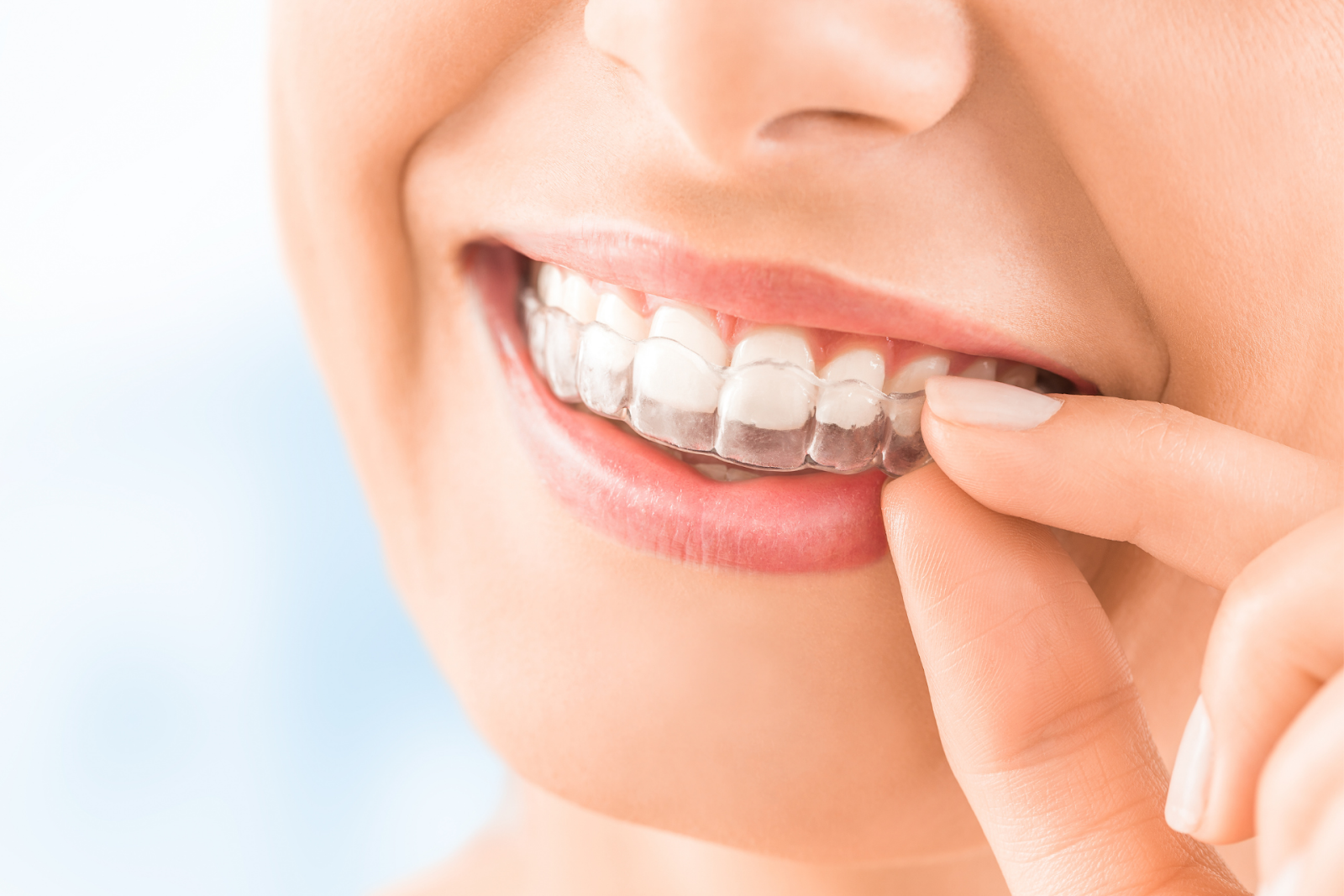Does Invisalign Hurt?
Have you ever wondered “does Invisalign hurt?” You aren’t alone! Check out our full guide on Invisalign now.
Do you struggle with smile insecurities? Some common smile imperfections like gapped or crooked teeth are often a source of insecurity for many people. For a while, their only option was getting traditional metal braces. But since invisible aligner brands like Invisalign® have surged in popularity, they now have a much more comfortable – and less noticeable — teeth-straightening solution.
But before receiving their aligners, many people have wondered “Does Invisalign hurt?” Some Invisalign patients experience mild discomfort from their trays, especially if they have just received a new set. But there are numerous methods patients can employ to ease any discomfort they experience. Read on to learn more about managing discomfort from Invisalign now!
Invisalign Treatment Overview
Let’s start with a brief overview of this popular invisible aligner brand.
Learn everything you need to know about this popular invisible aligner brand!
Invisalign is one of the most popular invisible aligner brands on the market. Thousands of adults choose Invisalign trays over traditional metal braces for their subtlety and ability to be removed whenever necessary. This makes it easier to brush your teeth while also allowing you to eat almost anything you want. But before you get Invisalign, it’s important to educate yourself on the basics of receiving trays as well as taking care of them. Learn more now!
Consultation and Scans
In order to see if you are a good candidate for Invisalign, you can take an online Smile Assessment from the comfort of your own home. If the assessment decides you might be a candidate, you can schedule a free consultation with Legacy Orthodontics and Dr. Lombard. Using an iTero Element® scanner, our team will take a crisp and precise 3D digital scan of your teeth. With this 3D digital scan, we map out a custom treatment plan for you to follow should you decide to go forward with treatment.
Treatment Plan
Invisalign treatment typically takes 12 to 18 months to complete. While this may seem long, it’s important to remember that traditional metal braces may need to be worn for up to three years.
During this time, you will wear a succession of Invisalign trays, with each new set moving your teeth closer to their ideal position. Depending on how severe your teeth issues are, you might need to wear Invisalign attachments. These small, tooth-colored accessories are attached to the surface of your teeth in order to help your trays push your teeth into position.
Invisalign refinements may also be necessary if your teeth aren’t moving as quickly as anticipated or if you haven’t been wearing your trays frequently enough.
Post-Treatment
Once you finish going through your trays, you will need to wear a retainer after Invisalign to help keep your teeth in place. If you don’t wear a retainer, your teeth may move back into their original position. That’s why it’s crucial to remember to wear your retainer for the prescribed amount of time. Eventually, you will be able to transition to wearing them only at night.
Does Invisalign Hurt?
Invisalign does hurt a little for some patients, but there are numerous remedies you can try to ease the discomfort.
Experiencing discomfort? Try these proven tips for easing Invisalign pain.
Wearing Invisalign usually does not cause as much pain as traditional metal braces. However, discomfort and soreness are still common in wearers. This pain usually occurs when receiving a new pair of aligners. Due to the new pressure being exerted on your teeth, you may experience mouth soreness. This pain usually lasts for only a few days. After your teeth become accustomed to your new aligner, you’ll notice the soreness begin to subside.
Until then, there are numerous methods you can try to ease the pain, such as:
Sucking on some ice cubes or sipping on cold water
Transition to new aligners before bedtime
Eat only soft foods for a few days after receiving new aligners
Take over the counter pain medication if the above techniques have not worked
Gently biting on an Invisalign chewies or Movemints clear aligner mints, as this will stimulate blood flow to the teeth and gums which creates a nice soothing effect. It will also ensure your trays fit correctly, which aids in treatment!
Whatever you do, don’t stop wearing your aligners or try wearing them for shorter amounts of time. One of the best ways to move through Invisalign pain is to continue wearing your trays for at least 20 to 22 hours a day. The more you wear your aligners, the quicker you will get used to them. If none of the above treatments work, you may need to reach out to your orthodontist for assistance.
Dealing with dental discomfort is never pleasant. But hopefully, these tips will help any discomfort or pain you are experiencing from your Invisalign treatment. But if your Invisalign continues to hurt, you may need to contact your orthodontist for assistance.
Are you thinking about starting Invisalign treatment? The dental experts at Legacy Orthodontics are certified Invisalign providers who are ready to help you get started. Contact the office today to schedule a free consultation!



